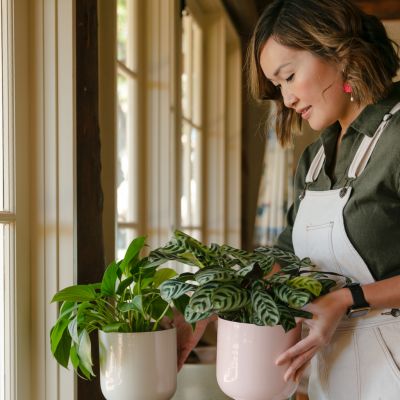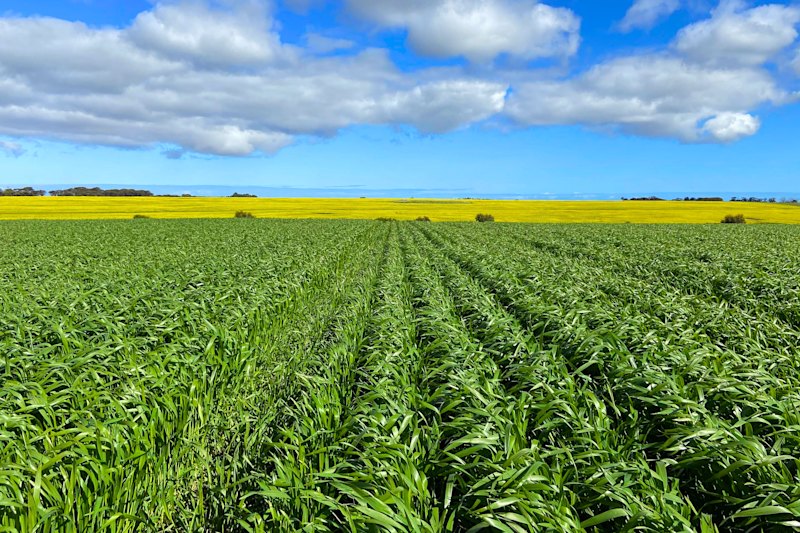How to choose the right native plants for your backyard
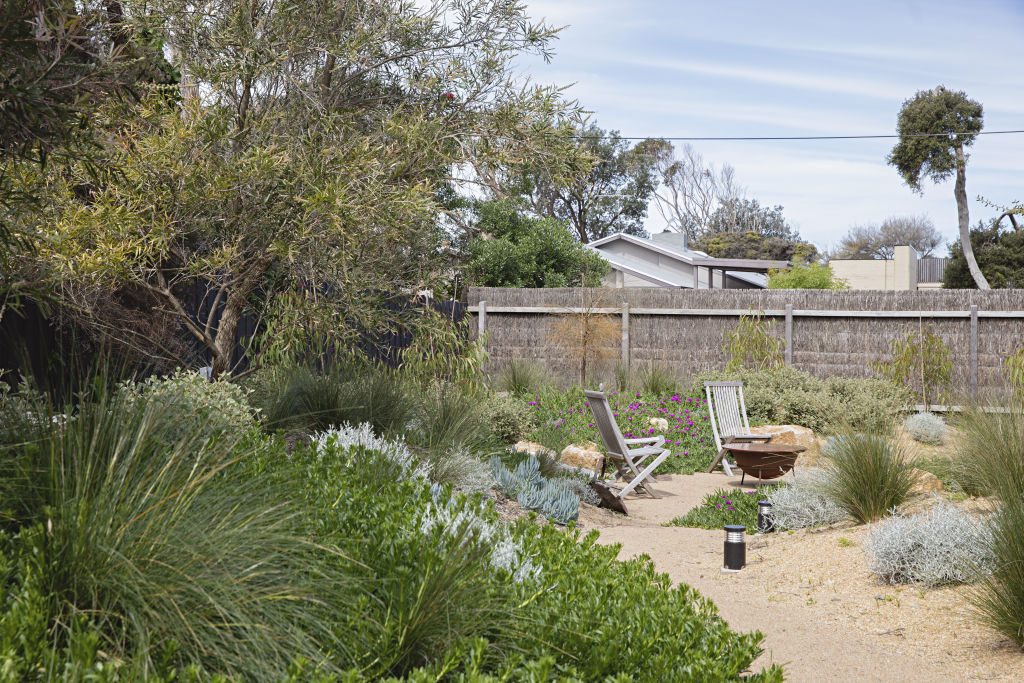
Despite their suitability for our climate, native plants aren’t always the go-to choices for our gardens and landscapes.
While natives have been around for decades, the range available in nurseries was limited, and their sparse and wiry appearance was viewed as inferior to their lush exotic counterparts.
Fortunately, attitudes have evolved, and there is greater recognition and range of native plants available for every situation, too. If you’re in need of inspiration, read on.
It’s getting hot in here
West-facing parts of the garden can be challenging, especially in summer when the hot afternoon sun is blazing down. For these areas, only the toughest candidates will do.
For trees, consider Banksias, dwarf eucalypts, Callistemons, native frangipani (Hymenosporum flavum), and Queensland bottle tree (Brachychiton rupestris) – they also make stunning feature trees.


As for medium-sized trees and shrubs, try Grevillea, Eremophila, native hibiscus, Westringia or Acacias. Groundcovers include karkalla (Carpobrotus rossii), saltbush (Rhagodia – Aussie flat bush) and prostrate Grevilleas.
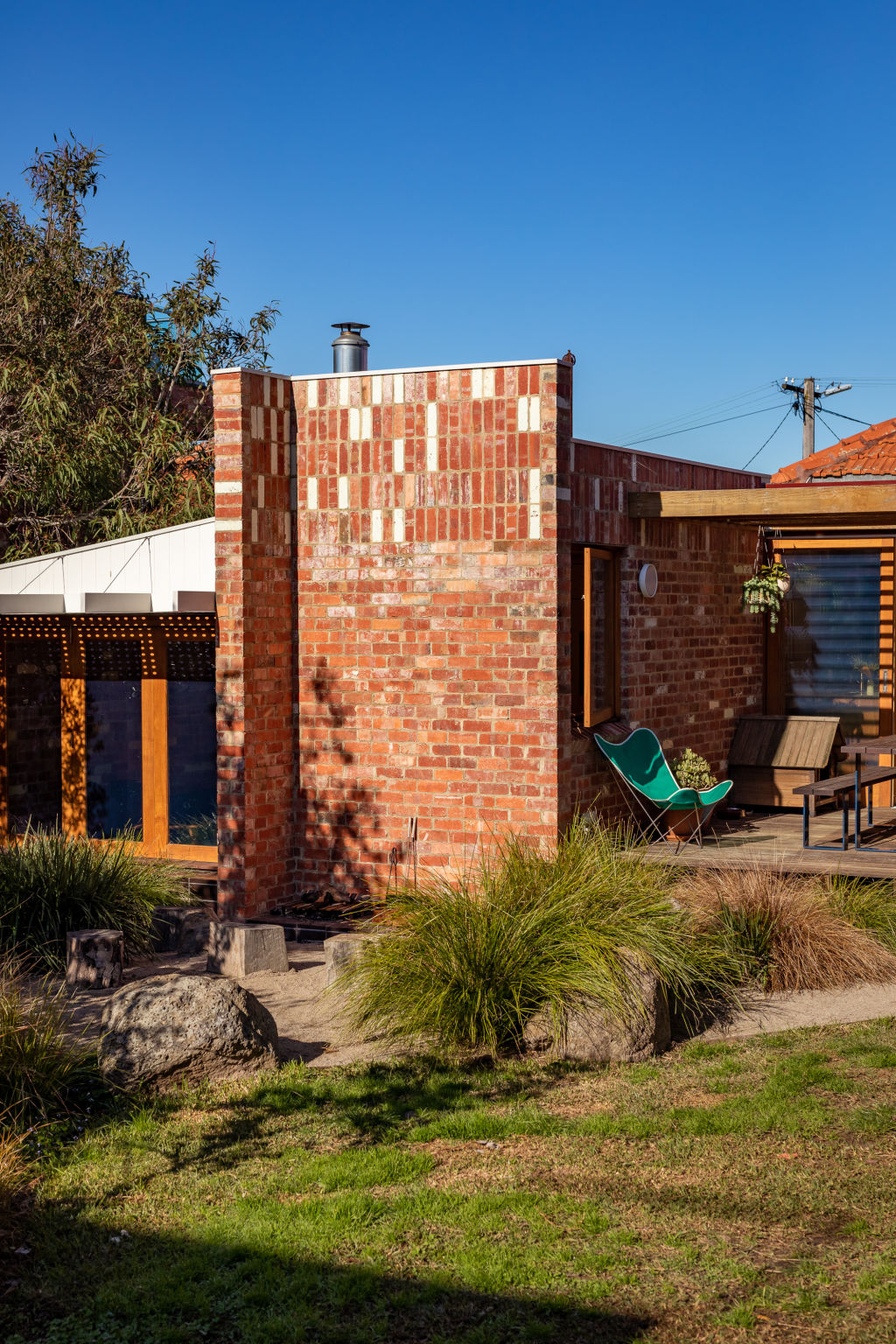
Throwing shade
If you have a garden in deep or full shade – no direct sun or less than two hours of direct sunlight – then you know how tricky it is for plants to thrive.
Naturally, certain natives have found a way. One of the sweetest groundcovers is native violet (Viola hederacea) with heart-shaped leaves and delicate white and violet blooms.
For something a little more sizeable, bird’s nest ferns (Asplenium australasicum and A. nidus) are large epiphytic ferns that grow in the crooks of trees, but also grow in the ground.
Other ferns include the Australian tree fern (Cyathea cooperi) and soft tree fern (Dicksonia antarctica). The redback native ginger (Alpinia caerulea) is also worthy of consideration, as are the always reliable strappy leaved grasses, Lomandra Tanika and dianellas.
Hedge your bets
From a short garden border to a privacy screen, there’s a native to suit.
Lilly pillies (Acmena and Syzygium species) are popular choices, available in various heights and widths. Look for cultivars with high resistance to psyllids, a common pest of lilly pillies.
Callistemon can serve as both a formal or informal hedge. The latter is left unpruned to promote its natural shape, creating a more relaxed appearance. Grevillea, Leptospermum, Melaleuca, oval-leaf mint bush (Prostanthera ovalifolia) and Westringia are also great options.
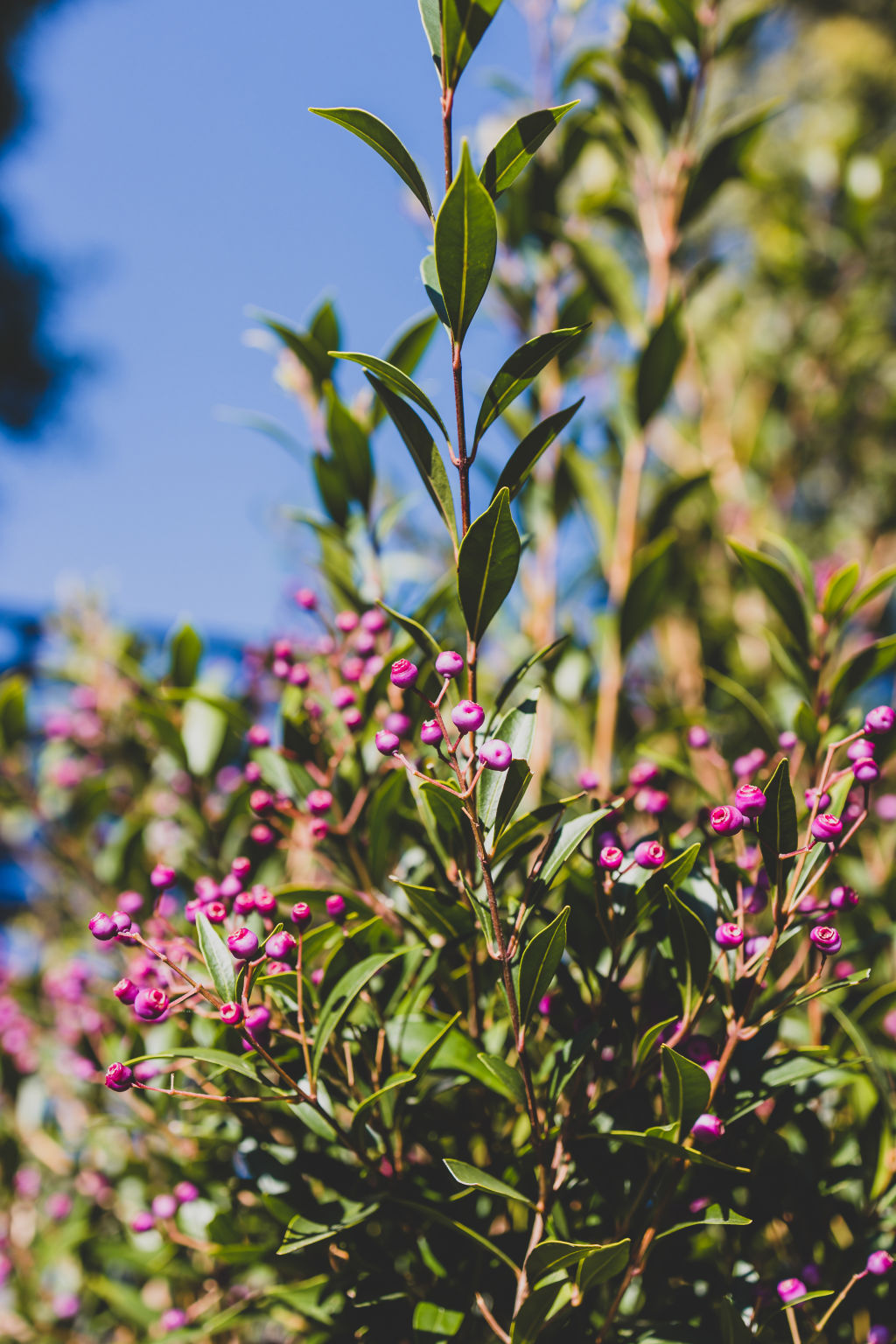
Sow good for you
There are so many wonderful edible plants to include in your garden.
Native raspberry (Rubus probus) is one of my favourites, as is the midyim berry (Austromyrtus dulcis). One that’s been on the scene for a while is the finger lime (Citrus australasica) and is available in a variety of colours.
In the veggie patch, grow Warrigal greens (spinach substitute) and Murnong or yam daisies. Old man’s saltbush, lemon-scented myrtle, aniseed myrtle, redback native ginger, native river mint and mountain berry offer a diverse range of flavours and aromas.
Say it with flowers
Native plants can be a riot of colour, with vibrant and rich hues.
False sarsaparilla (Hardenbergia violacea) has purple, pink or white pea-shaped flowers that smother the vines from late winter to spring. It’s useful as a sprawling groundcover or scrambling over an arbour.
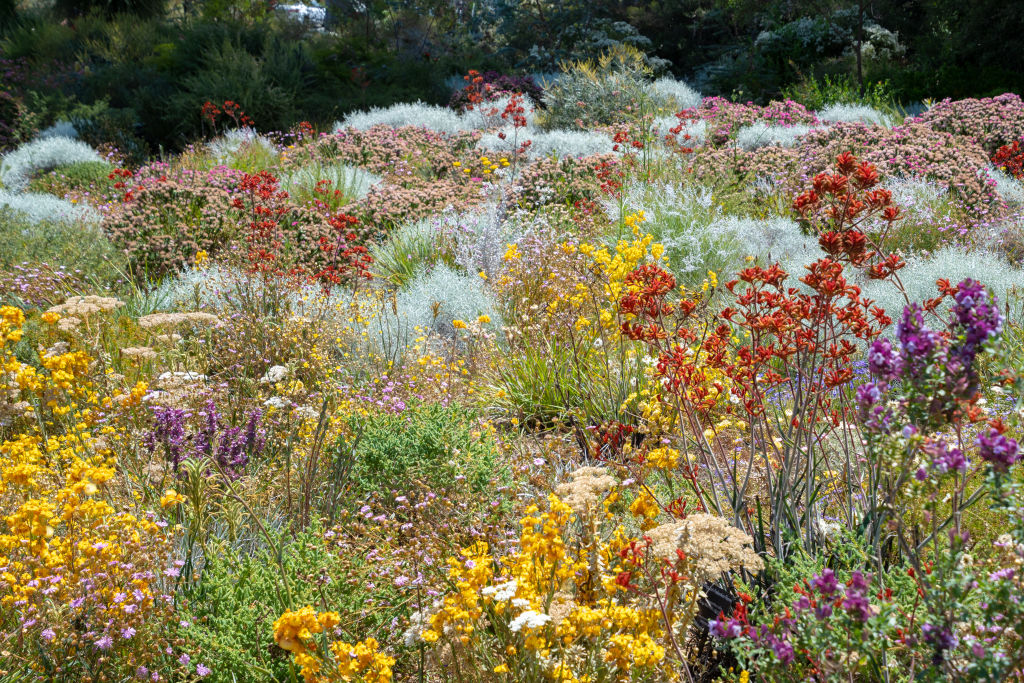
Banksias, Grevilleas, and Callistemons flower throughout the year and persist on the shrub or tree for several weeks. And no doubt you’ll be happy with the stunning show displayed by mass planting everlasting daisies, brachycomes, flannel flowers and fan flowers.
You ought to check out the new varieties of kangaroo paw too. The Angiozanthos Celebrations range includes flowers in variations of blue, green and purple.
Where to buy
Visit local nurseries or garden centres. Alternatively, online:
- Indigigrow: indigigrow.com.au
- Melbourne Bush Food: melbournebushfood.com.au
- Native Plant Project: nativeplantproject.com.au
- Tuckerbush.com.au: tuckerbush.com.au
- The Australian Plant Shop: theaustralianplantshop.com.au
Tammy Huynh is a horticulturist, presenter on Gardening Australia and the owner of Leaf an Impression.
We recommend
States
Capital Cities
Capital Cities - Rentals
Popular Areas
Allhomes
More

